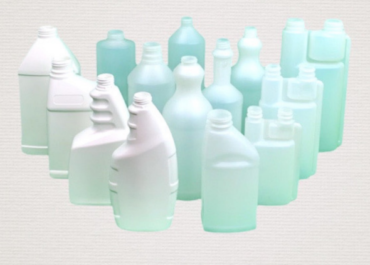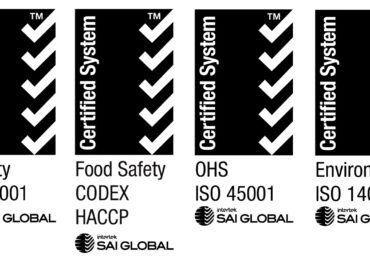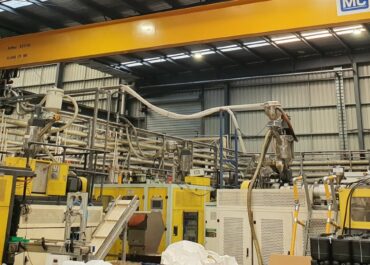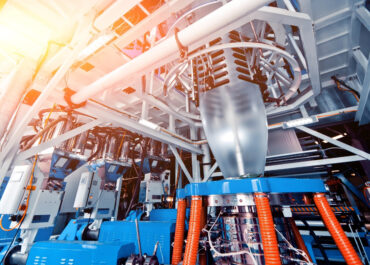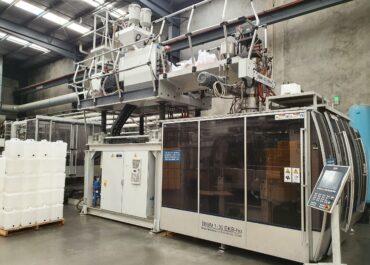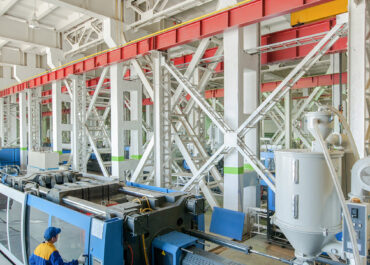High-density polyethylene (HDPE) recycling is a relatively new practice in Australia, however, due to the introduction of some innovative recycling techniques and technological efforts, HDPE recycling has gained significant popularity in recent years. Recycling HDPE isn’t only environmentally beneficial, but can also have economic knock-on effects in the form of saving businesses money and increasing jobs.
Manufacturers such as A&J Australia are at the forefront of this particular recycling revolution. With our ability to introduce advanced sorting technologies and purification methods in internal manufacturing processes, we’re well equipped to tackle the challenges of HDPE recycling. Below, we take a look at the economic impact of recycling HDPE in Australia, examining its impact on job creation and economic growth as well as exploring potential future prospects this process could create.
The Economic Impact of HDPE Recycling
Recycling HDPE offers a multitude of economic benefits. Unlike the production of virgin HDPE, recycling consumes significantly less energy, thereby reducing operational costs for manufacturers. This makes HDPE recycling a profitable venture. Over the past decade, the value-add of the recycling sector has surged, outpacing Australia’s gross domestic product (GDP) growth over the same period.
In the fiscal year of 2021-22, the recycling industry in Australia contributed nearly $19 billion to the economy and provided approximately 95,000 jobs. For every tonne of material recycled, approximately $465 is added to the economy.
Job Creation in the Recycling Industry
The recycling sector stands out as a large employer in Australia. Currently, the industry generates 9.2 jobs per 10,000 tonnes of waste recycled, compared to just 2.8 jobs for the same amount of waste sent to landfill.
Future Prospects
The Australian government is taking significant steps to bolster the recycling industry through initiatives like the Recycling Modernisation Fund. This fund aims to increase the nation’s capacity to manage waste, presenting a “once in a generation” opportunity to transform Australia’s waste management practices. As the Australian government continues to invest in recycling infrastructure and capacity, the future of HDPE recycling looks promising.
By mid-2024, Australia’s domestic recycling industry is expected to handle an additional 650,000 tonnes of waste plastic, paper, glass and tyres. This increase in capacity is anticipated to create up to 10,000 jobs, further demonstrating the sector’s potential for economic growth and job creation.
For more information on this topic, contact A&J Australia today.


